Introductions:
Introduction of ZA-217-200
ZA-216 (known as gotou) is a narrow body, twin jet airliner produced in late 1989. It's a twin jet airliner brother of ZA-216, the freighter 200F was introduced in 1989 (literally same with ZA-216F). The Extra Cargo freighter version (800EF) or known as Gotou kaiju was later made in 2014.
Introduction of Transavia:
Transavia Airlines C.V., trading as Transavia and formerly branded as transavia.com, is a Dutch low-cost airline and a wholly owned subsidiary of KLM and therefore part of the Air France–KLM group. Its main base is Amsterdam Airport Schiphol and it has other bases at Rotterdam The Hague Airport and Eindhoven Airport.
The first brainstorming sessions about starting a second charter company in the Netherlands, after Martinair, started in spring 1966, when the American Chalmers Goodlin met with captain Pete Holmes. "Slick" Goodlin had recently bought the dormant small company Transavia Limburg, based in Maastricht, which had three DC-6's available. The Dutch government needed to be approached in order to obtain an operating license for the airline, both in order to be allowed to operate out of Amsterdam Airport, and for these DC-6s.
At that stage John Block, a former member of the Martinair Holland management, was willing to take that on. He succeeded, the license was issued on 14 November 1966 and two days later on 16 November 1966 the airline's first commercial flight – Amsterdam/Naples/Amsterdam – was completed; flown by Captain Pete Holmes, on board were the Dutch Ballet Orchestra and the Dutch Dance Theatre. This was the first flight with the new name of Transavia Holland.
The company found offices at the old Schiphol Airport, Hangar 7 and the fledgling's financier Slick Goodlin appointed the three-pronged management: Commercial Director J.N. Block, Director Operations H.G. Holmes, and Technical Director Kees de Blok. Some of the first employees were pilots John Schurman (Canadian), Hans Steinbacher & Pim Sierks (Dutch), Chief Stewardess Willy Holmes-Spoelder and her stewardesses: Senior Stewardess Wil Dammers and six carefully selected and trained young women.
The first of fourteen secondhand Sud Caravelle twin-jet airliners to be operated by Transavia was delivered in summer 1969 and the type remained in service with the airline until being replaced by further deliveries of Boeing 737s in 1976.
Building up the airline from scratch, ten years later Transavia had a marketshare of 45% of the Dutch holiday market and became the main competitor of Martinair. In 1986, the Transavia Holland brand was changed into Transavia Airlines. It was the first airline to take advantage of the first open skies agreement signed between the UK and Dutch governments. Transavia started operating its first scheduled service on the Amsterdam to London Gatwick route on 26 October 1986. In 1992, Transavia was operating code sharing flights between Amsterdam and London Gatwick on behalf of Continental Airlines with these services providing passenger feed for Continental nonstop flights between London and New York City (via Newark Airport), Houston and Denver.
During 1991, the airline's major shareholder, Nedlloyd, sold its 80% holding to KLM. In 1998, Transavia was the first foreign airline to operate domestic services in Greece following a change in Greek aviation law. In June 2003, KLM acquired the remaining 20% of Transavia, making it 100% KLM owned. The subsequent merger of Air France and KLM made Transavia a wholly owned subsidiary of Air France-KLM.
In the early 2000s, Transavia was primarily a charter airline with a low-cost airline subsidiary called Basiq Air. To strengthen its brand image, the two were combined under the transavia.com domain name on 1 January 2005.
Transavia had a French unit, Transavia France, based at Paris-Orly, but it is now fully owned by Air France. A Danish unit, Transavia Denmark, based at Copenhagen, operated from 2008 until April 2011 when it was shut down after failing to meet expectations.
A strike was organised by Air France pilots in September 2014, in protest against the Air France-KLM group's increased focus on the development of Transavia, whose pilots were being paid less than those of Air France.
By early 2015, Transavia received a new corporate design dropping the ".com" from its public appearance and changed its primary colors from white/green/blue to white/green. The airline is now to be positioned as Air France-KLM's low-cost brand for the Netherlands and France.
In February 2017, Transavia announced that it would shut down its base at Munich Airport by late October 2017 after only a year of service due to a change in their business strategy and negative economic outlook.
In December 2019, Transavia announced the launch of its base at Brussels Airport, initially operating nine routes from the airport.
In December 2021, after a delay due to the coronavirus, the base at Brussels Airport was opened. Transavia will station one aircraft at the Belgian airport.
Dat is het!
Specifications
Spotlights
- Zerkk one year ago
General Characteristics
- Predecessor ZA-217-200 "Gotou"
- Created On iOS
- Wingspan 137.3ft (41.8m)
- Length 164.7ft (50.2m)
- Height 43.6ft (13.3m)
- Empty Weight N/A
- Loaded Weight 47,275lbs (21,444kg)
Performance
- Power/Weight Ratio 2.638
- Wing Loading 20.0lbs/ft2 (97.9kg/m2)
- Wing Area 2,358.2ft2 (219.1m2)
- Drag Points 5843
Parts
- Number of Parts 265
- Control Surfaces 11
- Performance Cost 1,707

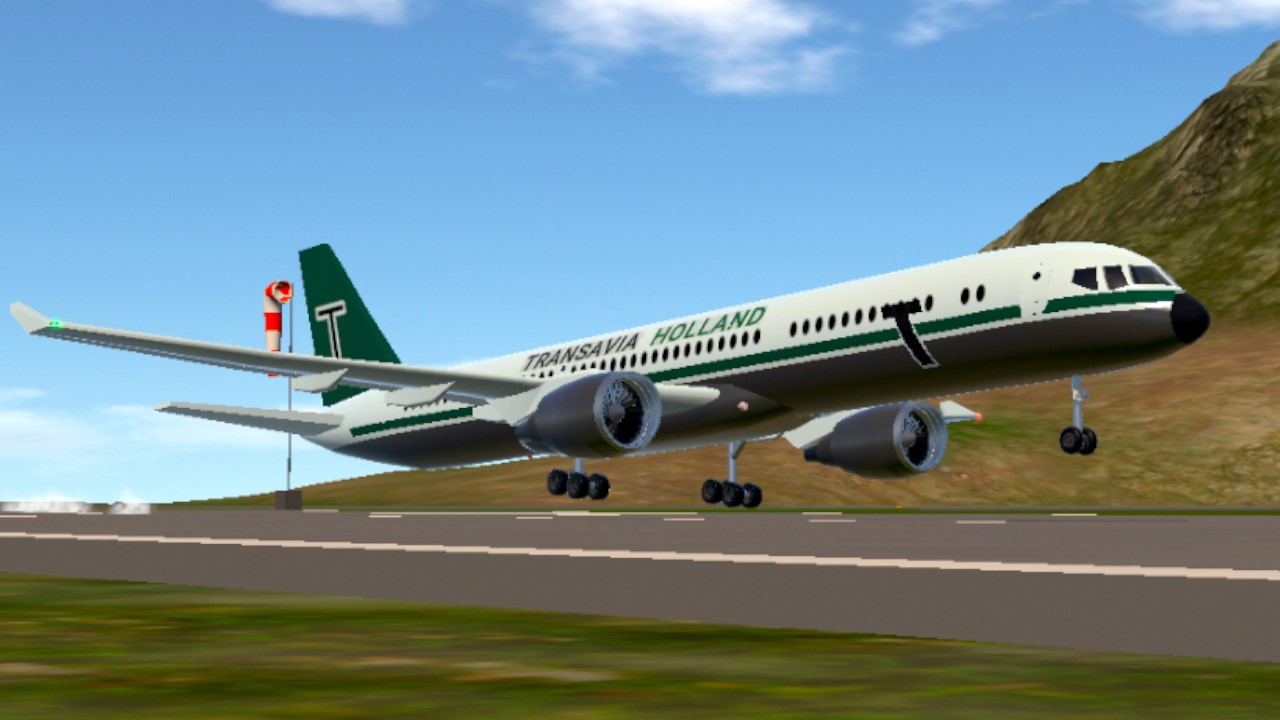
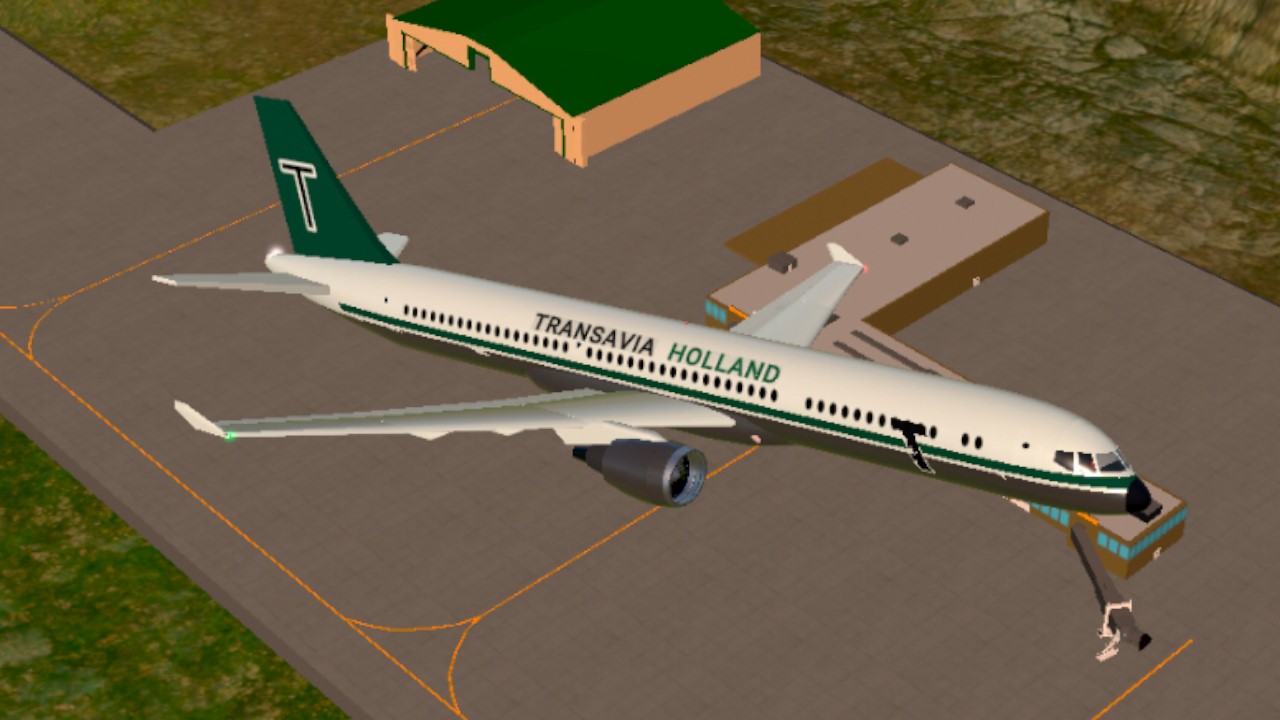
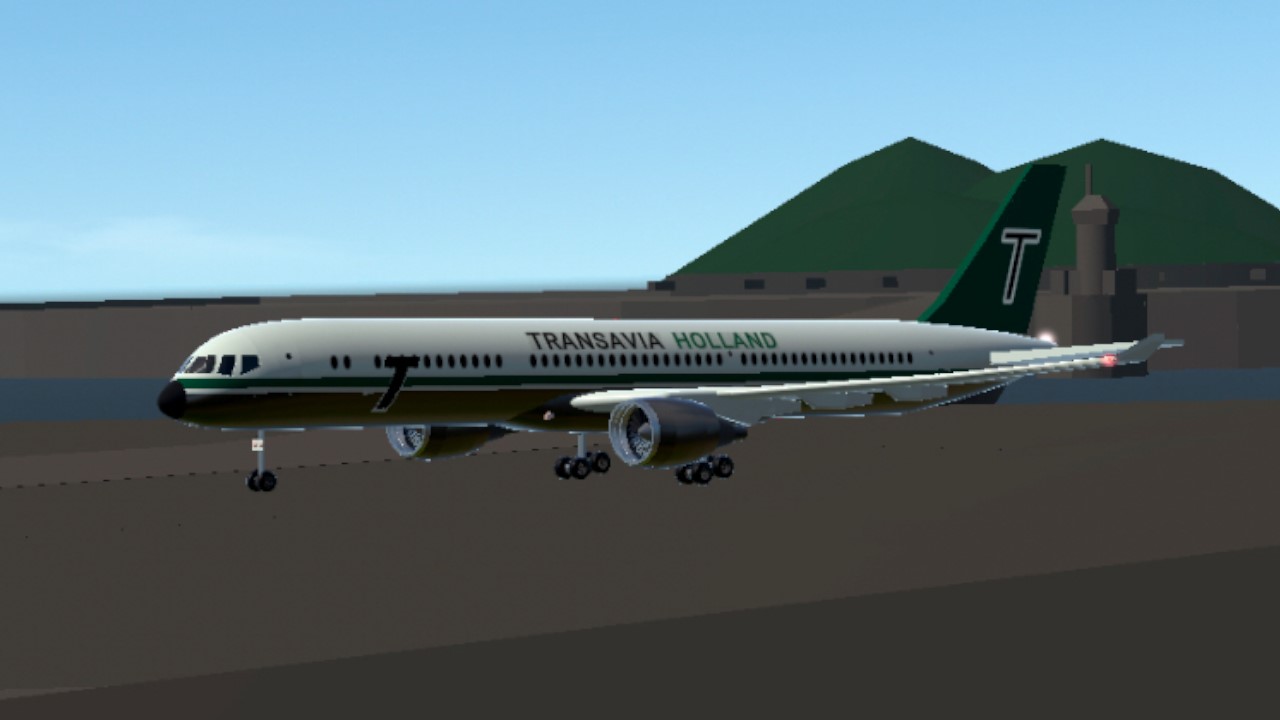
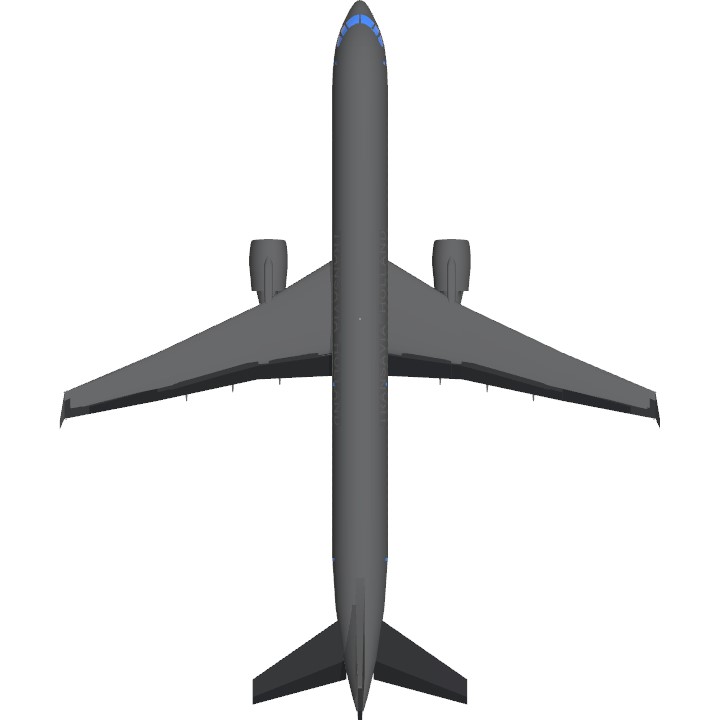
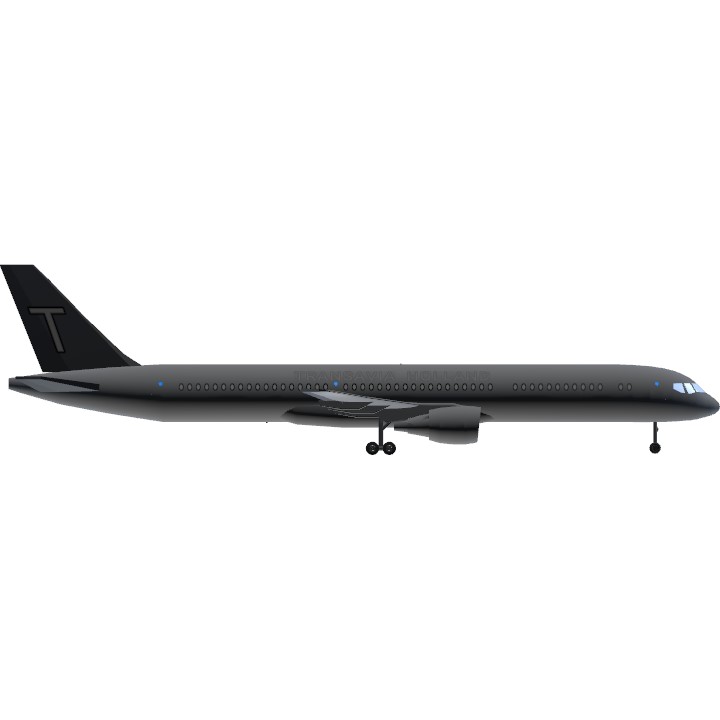
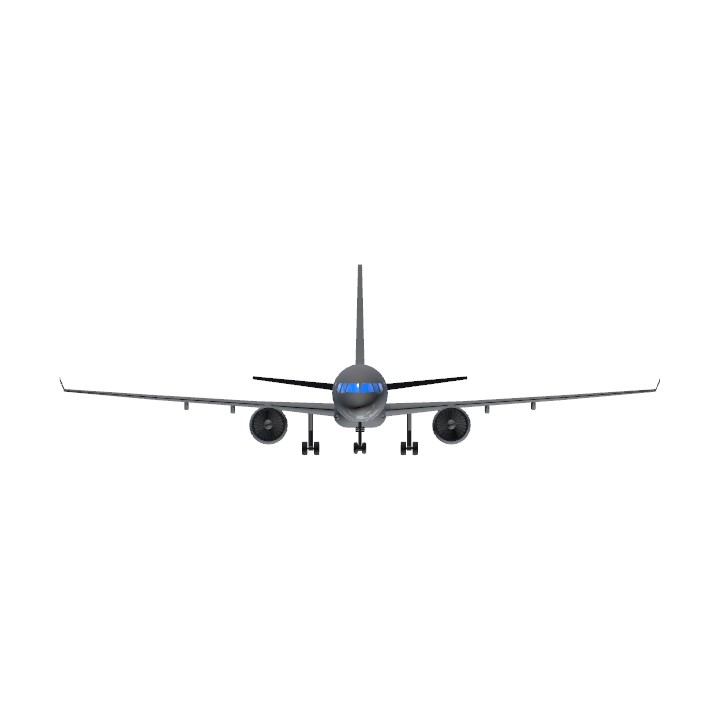
heyo wb!